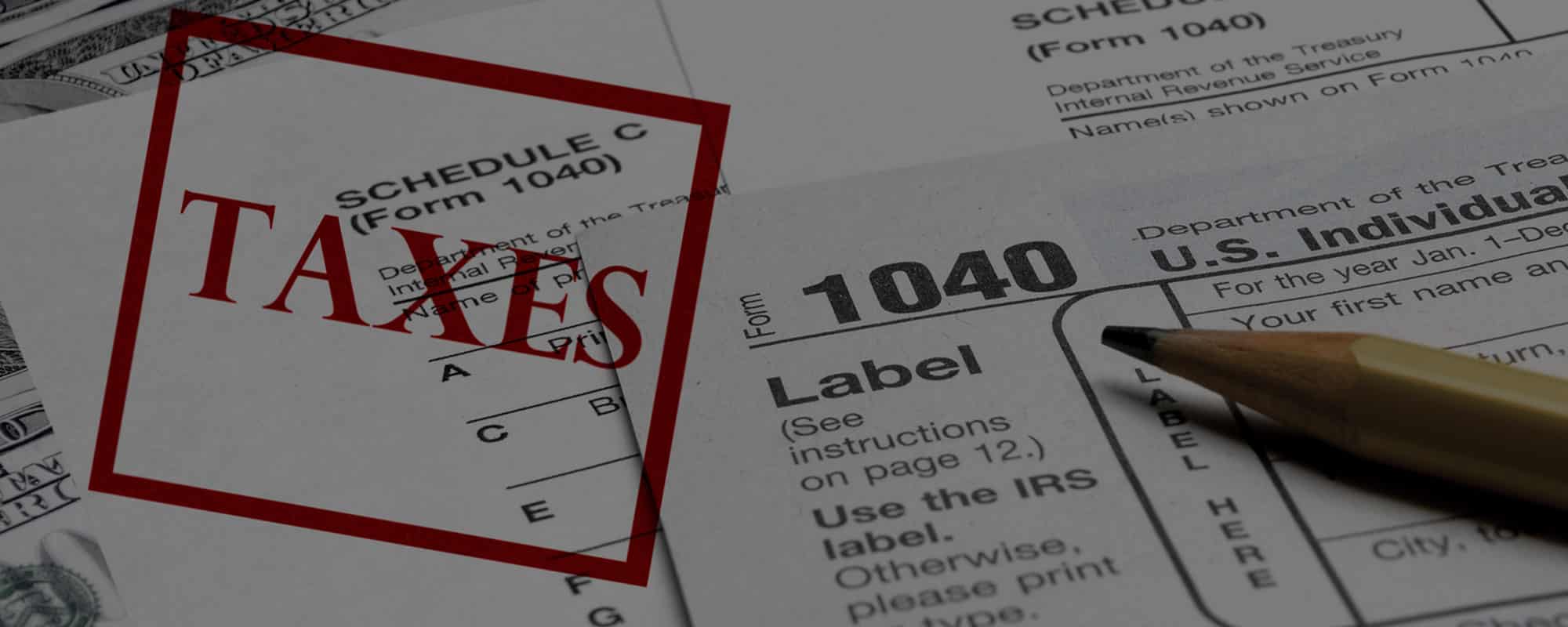An Essential Strategy for Long-Term Wealth Management
It is not surprising that the top financial goals of physicians and other high-net-worth investors often include tax reduction and long-term retirement wealth accumulation.
What is surprising is that many attempt to reach these goals without considering the fundamental long-term strategy of tax diversification. In this article, we will explain this concept and how you can implement it for your benefit.
Tax Diversification Defined
Tax diversification means building up wealth in three buckets: assets subject to ordinary income tax rates upon distribution in retirement, assets subject to capital gains tax rates, and assets not subject to any tax upon distribution. While many investors have heard of asset class diversification in the context of investing, it is important to direct additional attention to diversifying your wealth according to tax rate exposure.
The illustration may help you to see the value of having differently taxed “buckets” to draw from when you reach retirement. As the retirement/wealth distribution phase may last for many years, or even multiple decades, being diversified across three tax buckets puts you in a position of strength and gives you options for withdrawing income depending on the tax rates then in effect.
In this diagram, we assume a marginal top tax bracket since many high-income earners will be in the top two or three tax brackets in retirement and the current rate of 37% is not close to an all-time high. We also assume a 6.6% state income tax, although many states, such as California and New York, have rates far exceeding this.
The benefit of being well-diversified from a tax perspective is that, once in retirement, one can examine tax rates each year and pull from the appropriate “bucket” to maximize after-tax income. If, at the beginning of retirement, income tax rates are high and capital gains taxes are relatively low, then it may be best to draw from Bucket #2 (orange). If the opposite is true, Bucket #1 (green) may be targeted for “overweight” distributions. Bucket #3 (blue) provides the highest level of flexibility, as it can be accessed in any tax environment. An ideal retirement plan calls for a significant percentage of total wealth in each bucket; yet in our experience, most retirees (and those approaching retirement) have too little wealth in Bucket #3.
Case Study: John and Jane
Let’s look at the examples of John and Jane. John, Jane and their spouses are all 45 years old and plan on retiring at age 65. At this point, both couples have a joint life expectancy of 91 years, meaning that, according to the actuaries, at least one spouse in each couple should live until age 91. With a planned retirement age of 65, these couples will need to rely on their assets and other sources of income (for example, social security) to provide them with income for 26 years.
While numerous financial, investment and planning factors are essential for John and Jane, let’s concentrate on just the tax issue here. Both couples will begin drawing down assets in 20 years and stop doing so 46 years from now. During that period of time, tax rates may be very different than they are today and may change several times.
Let’s assume that John and Jane have the same overall net worth, but their asset mix is very different. Jane has her net worth in all three buckets—some in a qualified retirement plan (QRP), some in after-tax brokerage accounts and real estate, and some in a Roth IRA and a permanent life insurance policy. John has nearly all his net worth in his home and 401(k) QRP. They both qualify for social security.
Jane is much better positioned than John to maximize her post-tax retirement income. Most of John’s retirement income will come from his QRP and social security, both of which are subject to ordinary federal and state income tax. If income tax rates are high, John has little flexibility to take income from other sources unless he is willing to sell his home, which he may be reluctant to do. (Also, he can’t sell only part of his home, like Jane can do with her brokerage accounts, and it may be difficult for him to get favorable loans against his home equity in retirement when he will have no income.)
Jane, on the other hand, is well positioned if income tax rates are high. She can draw down her brokerage account if capital gains taxes have remained lower than income taxes. Moreover, she can take income from her Roth IRA or access life insurance cash values, both completely tax free.
Jane is much better positioned to alter her income plan if tax rates change during her retirement, while John does not have this flexibility. It is not difficult to understand that, despite their equal net worth, Jane may net out significantly more after-tax retirement income than John. Because of tax diversification in her long-term planning, Jane is in a more secure position in her retirement.
Long Term Planning Requires Flexibility
Regardless of the planning tools used to save for retirement, one of the fundamental pillars of any retirement plan should be flexibility to withstand changes in tax rates, income, market performance, and personal health. Here, we focused on flexibility regarding taxes and the importance of tax diversification. While always an important concept, tax diversification is especially relevant today, as many are seeking ways to minimize the negative impact of potential tax increases in 2022 and beyond.


